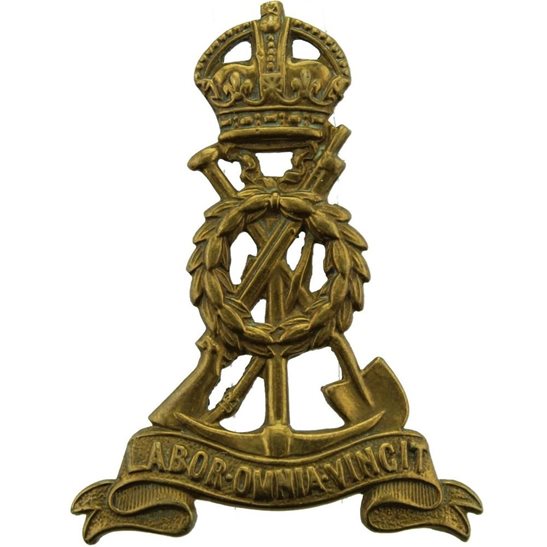Personal Details
Born: 7 July 1893 and baptised 14 July 1893 at St. Alkmund`s Parish Church, Whitchurch, Shropshire.
Family: He was the second of five children born to William Farr, a labourer, and his wife Sarah Jane, nee Hancock. He married Annice Kate Waite Quarter 3 1923 in Whitchurch, Shropshire. No children can be found for this marriage.
Residence: At the time of his birth and on the 1901 Census the family were living in Yardington, Whitchurch, Shropshire. By 1911 they had moved to 4 Newtown; this was the address given for him on the Spring 1919 Absent Voters List. In 1939 and until the time of his death in 1948, his address was 7 Newtown.
Employment: In 1911 he was described as a labourer cleaning motor cars but by 1939 he had become a grocer.
Died: 9 November 1948 in Whitchurch, Shropshire, aged 55 and buried in Whitchurch cemetery on 13 November the same year.
Military Details
Regiment: Labour Corps
Rank: Private
Service Number: 209093
Date of Enlistment: Not known
Date of Discharge: Not known
Reason for Discharge: Not known
Thomas was awarded the Campaign Medals (British War Medal and Victory Medal).

The British War Medal (also known as 'Squeak') was a silver or bronze medal awarded to officers and men of the British and Imperial Forces who either entered a theatre of war or entered service overseas between 5th August 1914 and 11th November 1918 inclusive. This was later extended to services in Russia, Siberia and some other areas in 1919 and 1920. Approximately 6.5 million British War Medals were issued. Approximately 6.4 million of these were the silver versions of this medal. Around 110,000 of a bronze version were issued mainly to Chinese, Maltese and Indian Labour Corps. The front (obv or obverse) of the medal depicts the head of George V. The recipient's service number, rank, name and unit was impressed on the rim.
The Allied Victory Medal (also known as 'Wilfred') was issued by each of the allies. It was decided that each of the allies should each issue their own bronze victory medal with a similar design, similar equivalent wording and identical ribbon. The British medal was designed by W. McMillan. The front depicts a winged classical figure representing victory. Approximately 5.7 million victory medals were issued. Interestingly, eligibility for this medal was more restrictive and not everyone who received the British War Medal ('Squeak') also received the Victory Medal ('Wilfred'). However, in general, all recipients of 'Wilfred' also received 'Squeak' and all recipients of The 1914 Star or The 1914/1915 Star (also known as 'Pip') also received both 'Squeak' and 'Wilfred'. The recipient's service number, rank, name and unit was impressed on the rim.

